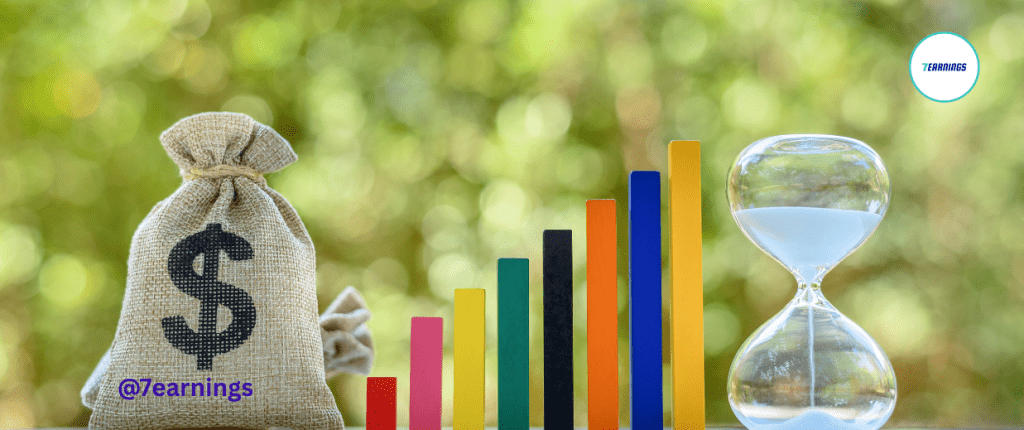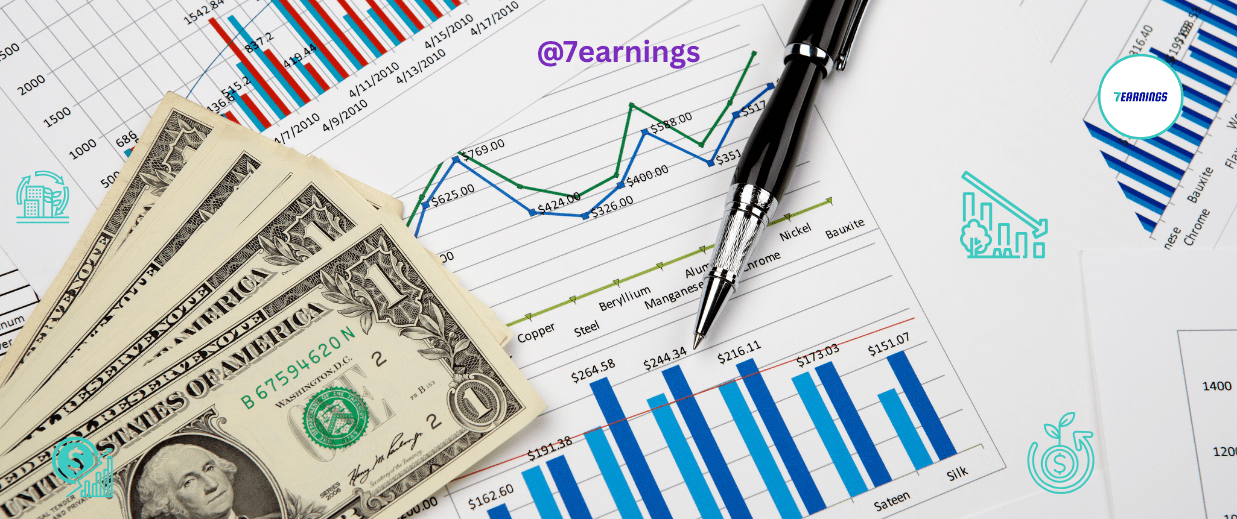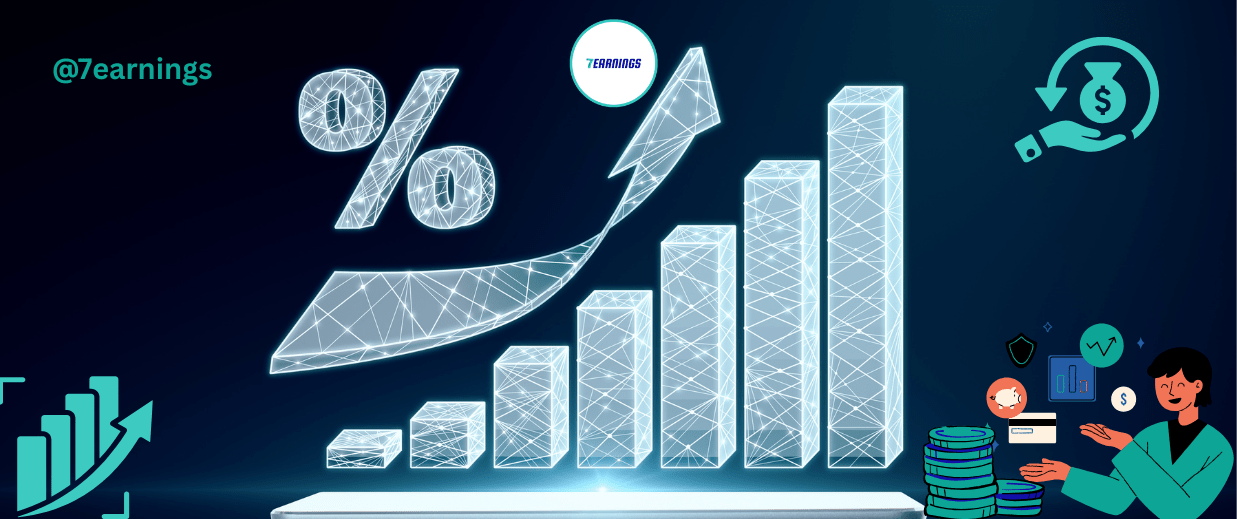Microeconomics is one of the 2 important branches of economics, focusing on the movements and interactions of character economic retailers along with consumers, firms, and households. While macroeconomics takes a broader observation of the economic system as an entire, microeconomics zooms in at the specifics of financial choice-making, resource allocation, and market dynamics. perception of microeconomics is critical not only for students of economics, but also for absolutely everyone worried in enterprise, policymaking, or definitely trying to recognise the forces that shape their monetary international.
In this article, we’ll discover the nature of microeconomics, its core standards, and how it impacts the choices that power markets, companies, or even your everyday alternatives as a consumer.
What is Microeconomics?
Microeconomics may be defined as the look at the conduct of individual economic agents—generally customers and agencies—and the way they make choices concerning useful resource allocation. At its core, microeconomics is involved with grasping how the selections of person actors influence the delivery and demand for items and services in a market and the way those interactions affect costs, production, and intake.
The word “micro” comes from the Greek word “mikros,” which means “small.” Therefore, microeconomics makes a speciality of small-scale economic elements, which include individual markets, industries, and players within an economy, instead of big-scale monetary tendencies and countrywide income figures, that are the focus of macroeconomics.
Key Principles of Microeconomics
To simply appreciate the nature of microeconomics, it is important to discover its essential ideas. These principles structure the foundation of many economic fashions and theories.

The Law of Demand and Supply
One of the most imperative ideas in microeconomics is the law of demand and delivery. The regulation of call for states that, all else being equal, because the rate of an awesome carrier will increase, the amount demanded with the aid of clients will decrease. Conversely, whilst costs fall, demand has a tendency to boom.
Alternatively, the regulation of supply states that the better the rate of a great, the extra the amount that producers are willing to supply. The point at which the quantity demanded equals the quantity furnished is called the marketplace equilibrium, and this is in which the market “clears”—i.e., there is neither a surplus nor a shortage of the good.
This interaction of demand and deliver is the cornerstone of microeconomic analysis and provides an explanation for the willpower of costs in a competitive marketplace.
Opportunity Cost
In microeconomics, choice-making is often based on the precept of possibility fee. This refers to the fee of the next fine opportunity that is foregone while a decision is made. whilst clients or agencies pick out one option over any other, they’re basically weighing the benefits of their choice in opposition to the fee of not choosing the alternative.
For instance, if an enterprise makes a decision to spend money on a brand new product line, the opportunity price is the earnings it could have made by investing that same cash someplace else. possibility fee enables people and firms make knowledgeable choices with the aid of considering the alternate-offs involved in every selection.
Marginal Analysis
Marginal evaluation is some other integral concept in microeconomics. It includes evaluating the additional (marginal) advantage of an action as compared to its extra (marginal) price. The principle of marginal analysis suggests that choice-makers will preserve to make an economic preference as long as the marginal benefit exceeds the marginal price.
As an instance, an organization may hold producing additional gadgets of a product so long as the sales from each additional unit (marginal gain) is more than the price of manufacturing that unit (marginal fee). This principle is crucial for corporations in determining their most effective stage of manufacturing.
Market Structures and Competition
Microeconomics also delves into various marketplace systems, ranging from flawlessly aggressive markets to monopolies. The form of a market has a huge effect on pricing, production, and competition within that market.

Perfect competition
In a superbly competitive marketplace, many small firms sell the same merchandise, and no unmarried company has the electricity to influence expenses. charges are determined in basic terms via supply and demand.
Monopolistic competition
This market structure features many companies that promote comparable however differentiated merchandise. each association has some degree of market energy, which allows them to set costs inside a certain variety.
Oligopoly
An oligopolistic marketplace is ruled by using a few large corporations, and the moves of 1 association can extensively have an effect on the others. those firms often interact in strategic selection-making, which include charge-fixing or collusion.
Monopoly
In a monopoly, a single firm controls the whole market. With no competition, the monopolist has the electricity to set costs and restriction output to maximise earnings.
Perception marketplace structures facilitate explaining how corporations behave in exclusive aggressive environments and how charges are set in every state of affairs.
The Role of Microeconomics in Resource Allocation
One of the primary issues of microeconomics is the allocation of scarce sources. assets—along with exertions, capital, and uncooked substances—are limited, while human wants and needs are certainly infinite. Microeconomics examines how individuals and firms decide how to allocate these assets to maximize software (delight) or profit.
In a marketplace economic system, resources are allocated through the charge system. expenses act as signals to manufacturers and customers, guiding them on a way to allocate assets efficiently. whilst the price of a very good rises, it indicators manufacturers to allocate greater resources to its manufacturing, whilst purchasers may additionally decide to reduce their call for.
Microeconomics also explores inefficiencies in useful resource allocation, such as market disasters, wherein the market does not allocate resources optimally. as an example, in the case of public goods (e.g., country wide protection, smooth air), there can be underproduction, due to the fact organizations can not without difficulty profit from them. In such cases, authorities intervention may be fundamental to correct the market failure.
How Microeconomics Influences Business and Consumer Decisions
Appreciation of microeconomics is critical for both companies and customers, as it enables an explanation for the choice-making technique at the individual stage.
Business Decisions
For businesses, microeconomics affords treasured insights into pricing techniques, manufacturing degrees, and market entry choices. By way of reading demand curves, production prices, and market opposition, corporations can decide the maximum green production strategies, set competitive expenses, and forecast destiny trends.
For instance, whilst a business units a fee for its product, it’s miles considering now not solely its prices however additionally how customers will respond to that price. By way of appreciating the elasticity of demand (how sensitive customers are to price modifications), companies can regulate their expenses to maximise sales barring dropping too many clients.

Consumer Decisions
For clients, microeconomics helps explain how they make buying decisions. customers face exchange-offs due to the fact they’ve restrained earnings, and they must choose how to allocate their cash throughout exceptional goods and services. Microeconomic theories, along with the regulation of diminishing marginal utility, propose that as a customer consumes extra of a very good, the extra pleasure (application) they get hold of from every extra unit decreases.
Consumers use microeconomic standards to maximise their utility through making informed alternatives about how they spend their money. They weigh the advantages and expenses in their selections and adjust their purchasing conduct primarily based on modifications in charges and profits.
END
Microeconomics is a fundamental field that enables us to understand the problematic selection-making techniques of people, agencies, and governments. From the primary legal guidelines of demand and supply to complex marketplace structures and aid allocation, microeconomics affords a framework for understanding the behavior of economic retailers in a marketplace economy.
Whether you’re an enterprise owner seeking to optimize pricing techniques or a purchaser looking to make smarter shopping selections, the insights supplied with the aid of microeconomics are worthwhile. Through grasping how markets work and the way financial sellers make preferences, we gain a deeper perception of the forces that structure our world and pressure the economy.
In today’s fast-paced and ever-evolving financial landscape, a stable perception of microeconomics is more important than ever. By applying those concepts, individuals and organizations alike can make greater knowledgeable selections, leading to extra efficiency, profitability, and average property-being.




